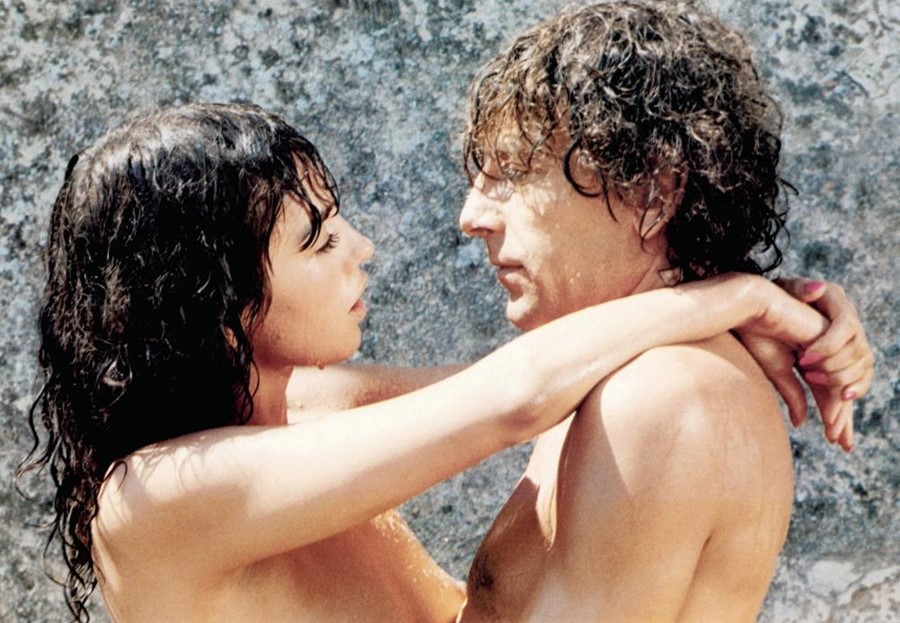Isabelle Adjani is captivating in One Deadly Summer – and her character's mysterious summer style is well worth revisiting
Summer might be the most temperamental of all the seasons, and for director Jean Becker’s 1983 L’Été Meurtier, or One Deadly Summer, the season of carefree, alfresco loving prompts a sinister transformation. The film is set in a rural town in the south of France in the 1970s, where French actress Isabelle Adjani (who captivates as the effortlessly sensual Elaine, or ‘Elle’, as she’s called) has only the scorching sun and a soundtrack of cicadas for company. Fortunately, she doesn't take much entertaining; she is a deadly beautiful femme fatale with a knack for arithmetic and a plan for revenge.
With bold sartorial choices that quickly garner her a reputation, Elle uses her allure to attract the attentions of a young mechanic and occasional fireman, Florimond, or Pin Pon for short, who is played by Alain Souchon. After a speedy marriage enables Elle to move out of her family home and closer to the subject of her vengeance, it’s soon made clear that there’s much more to this polished, doe-eyed beauty than it first seems.
The film, a tragedy of misplaced attention and miscommunication, was adapted from Sebastien Japrisot’s 1978 mystery novel, and scooped up accolades at every turn at the 1983 César awards; it won Best Original Screenplay, Best Editing, and Best Supporting Actress for Suzanne Flon, as Elle’s hard-of-hearing village confidant. Adjani was also rightfully awarded Best Actress for her compelling portrayal of the damaged but determined daughter. Join us in mining her ready-to-wear wisdom.
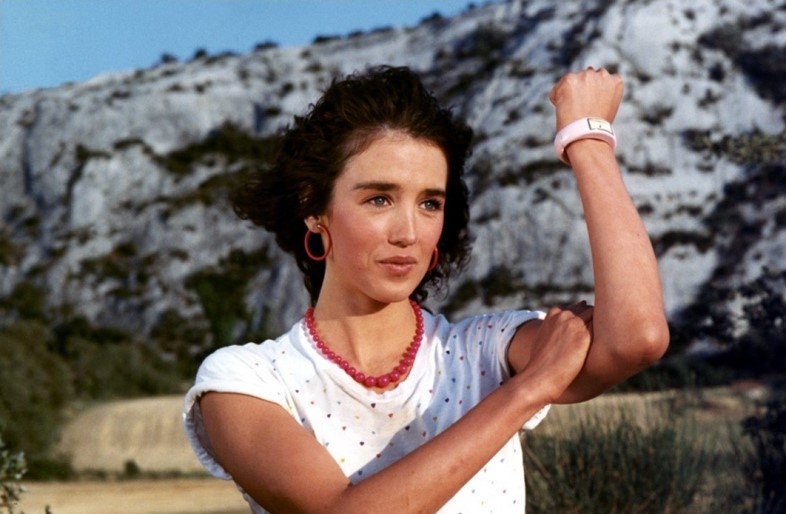
1. Harness the power of polka dots
“You can sign your fashion life away on the polka-dotted line, and you’ll never regret it,” the Los Angeles Times remarked in 1940. It seems time has changed little. Elle’s wardrobe is filled with circles in this film, and although at first the pattern gives an innocent and girlish edge to her burgeoning sexuality, as the film progresses, they begin to take on new and more sinister connotations. Elle is haunted by the past, and her favourite print soon reveals itself to be a tangible effort to cling on to her childhood. The dots on her dresses, V-neck blouses, slingback sandals and even her wedding dress are more reminiscent of spots and stains that she’s unable to escape from than the carefree joie de vivre the pattern first implies.
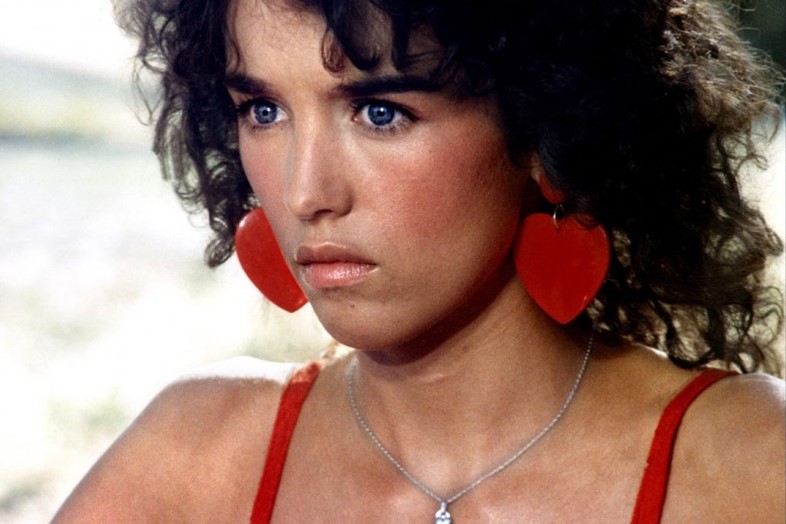
2. Co-ordinate your accessories
Every outfit Elle dons feels calculated and coordinated in this film, and always in the best possible way. Costume designer Thérèse Ripaud clearly spent time compiling the good-girl-gone-bad moodboard, and as a result, Elle’s transformation feels inevitable. The devil is in the details: co-ordinated colour schemes, heels, and hoop earrings often take centre-stage. Learn from the nifty way that Ripaud creates a makeshift headscarf from the same material as Elle’s summer dress, or pairs a red crochet dress with large statement heart earrings that dangle tantalisingly from her lobes. Symbolic much?
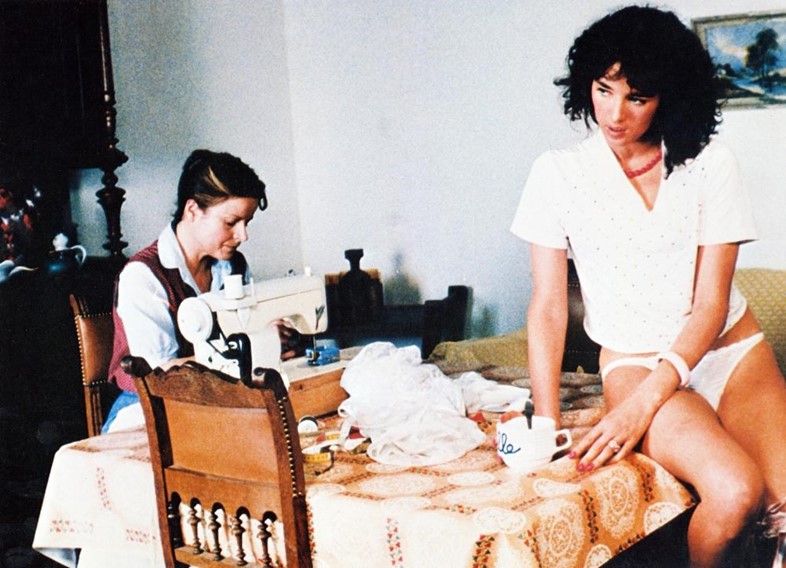
3. Find yourself a seamstress
Elle has little money to spend on her wedding outfit, but with the help of her seamstress mother, she can take an old dress and re-vamp it in her own style. She bounces in proudly with her original find, sourced from another villager, and pleads joyfully with her maman to “Make it tight, with lots of lace and trimmings, like Marilyn Monroe!” Not only do the adjustments to the dress provide a thrifty solution for the big day, they also cunningly create a unique custom-made piece for the bride that fits all the specifications for her dream dress. It pays, we learn, to make alterations.
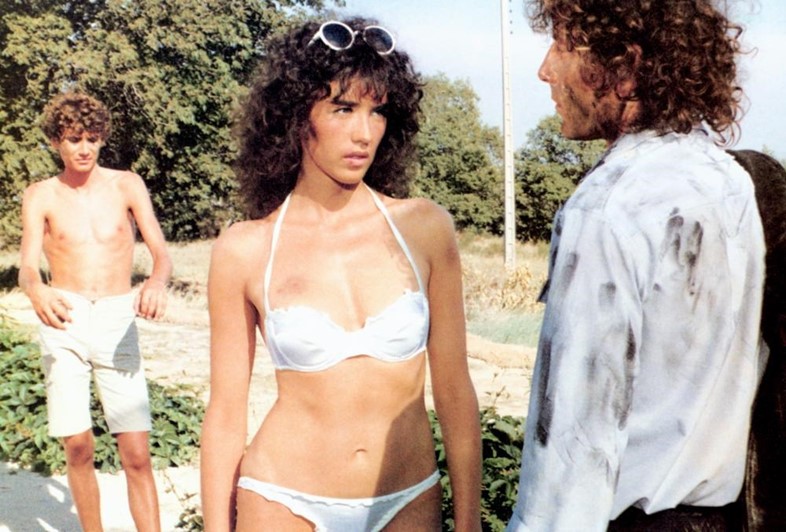
4. Frills don’t have to be frivolous
One of the signatures of Elle’s flamboyant style is her frequent return to frilled clothing. Reinventing the ruffle for the everyday, she pairs skirts with relaxed strappy tops, and dresses with elasticated waist-hugging belts to create cinched-in curves. The extravagant excess of fabric in her ruffled skirts and off-the-shoulder tops chimes well with her provocative behaviour; she wears pink ruffles and an asymmetric neckline for dancing; blue translucent chiffon for waiting in long lines; canary yellow flamenco style pieces for daytime down-time. Her style is just as loud and unapologetic as her quest to avenge the wrongs done to her family. Frills can be effective, Elle demonstrates; don’t be afraid to use them to your advantage.
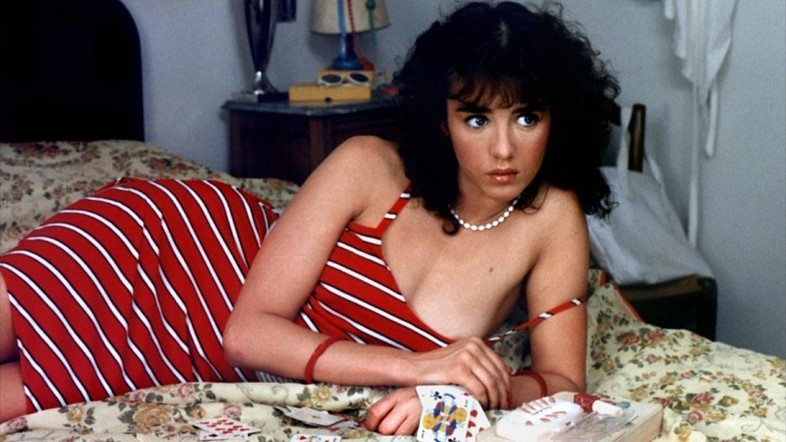
5. Look after your nails
Tragedy strikes the end of this film, when innocent people suffer for wrongs they didn’t commit. If there’s one takeaway here, it’s that honesty is a crucial ingredient in all relationships. Elle, like many of us, bites her nails when nervous – and were it not for her scrupulous efforts to conceal her habit and the emotions behind it, her declining mental state would be plain for all to see.
Part of Elle’s initial allure to the country boy she marries is her mysterious aloofness, how alien she is to the life he and the village have known up until her arrival. After their marriage, however, as she refuses to confide in him, his efforts to connect to and understand her remain stilted. He becomes increasingly powerless: “she was too free, too wild. The more I asked her questions the more annoying I was,” he says. Instead of opening up about her troubles, Elle hides them under a perfectly manicured composure, and ultimately this destroys them both, in upsetting and unexpected ways. Have courage in confessing dark truths, the film teaches. And try not to bite your nails.
